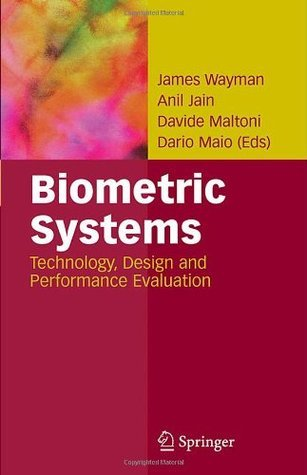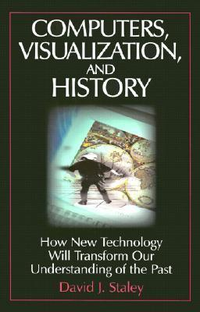Biometric Systems: Technology, Design and Performance Evaluation

Summary
The use of computers to recognize humans from physical and behavioral traits dates back to the digital computer evolution of the 1960s. But even after decades of research and hundreds of major deployments, the field of biometrics remains fresh and exciting as new technologies are developed andoldtechnologiesareimprovedandfieldedinnewapplications.Wor- wide over the past few years, there has been a marked increase in both g- ernment and private sector interest in large-scale biometric deployments for accelerating human machine processes, efficiently delivering human services, fighting identity fraud and even combating terrorism. The p- pose of this book is to explore the current state of the art in biometrics- tems and it is the system aspect that we have wished to emphasize. By their nature, biometric technologies sit at the exact boundary of the human machineinterface.Butlikealltechnologies, bythemselvestheycan provide no value until deployed in a system with support hardware, n- work connections, computers, policies and procedures, all tuned together to work withpeople to improve some real business process within a social structure."
Similar Books
-
 Glut: Mastering Information through the Ages
Glut: Mastering Information through the Agesby Alex Wright
-
 Technology Matters: Questions to Live With
Technology Matters: Questions to Live Withby David E. Nye
-

-
 Virtual Worlds: A Journey in Hype and Hyperreality (Penguin Science S.)
Virtual Worlds: A Journey in Hype and Hyperreality (Penguin Science S.)by Benjamin Woolley
-

-
 Virtual Realism
Virtual Realismby Michael Heim
-
 CyberCities: Visual Perception in the Age of Electronic Communication
CyberCities: Visual Perception in the Age of Electronic Communicationby Christine M. Boyer
-
 The Digital Film Event
The Digital Film Eventby Trinh T. Minh-ha
-
 Technically Speaking: Why All Americans Need to Know More About Technology
Technically Speaking: Why All Americans Need to Know More About Technologyby National Research Council
-
 Information Society: New Media, Ethics and Postmodernism
Information Society: New Media, Ethics and Postmodernismby Karamjit S. Gill
-
 Telecommunication in the 21st Century: The Real and the Virtual
Telecommunication in the 21st Century: The Real and the Virtualby Michel Feneyrol
-
 Imagining the Internet: Personalities, Predictions, Perspectives
Imagining the Internet: Personalities, Predictions, Perspectivesby Janna Quitney Anderson